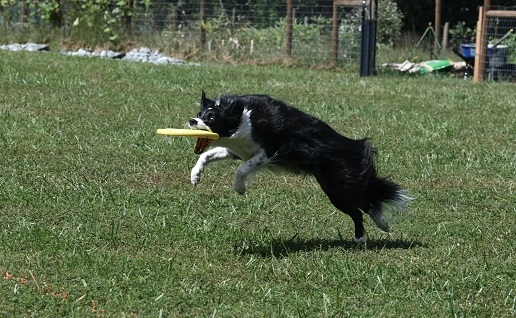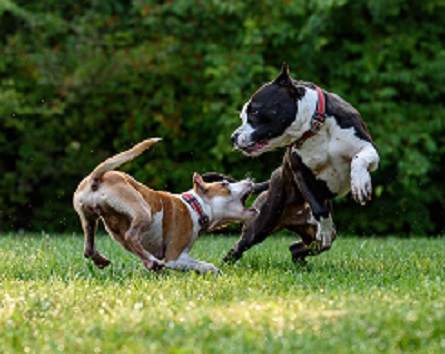The seemingly simple act of dogs chase toys involves a fascinating interplay of biological, psychological, and learned behaviors. Understanding the underlying mechanisms sheds light on the reasons behind this instinctive and playful activity.

Working Theory
In this part, you will get the knowledge of the working theory of dog chase toys in 8 aspects.
Instinctual Hunting Behavior
Dogs are descendants of wolves, and their natural hunting instincts remain deeply ingrained. The act of chasing toys mimics the pursuit of prey in the wild, triggering a surge of excitement and adrenaline in the dog.
This instinctual behavior can be observed even in young puppies, who instinctively pounce and chase after moving objects.
Visual and Auditory Stimulation
Dogs are highly visual creatures, and their keen eyesight enables them to track and follow moving objects with precision. The sight of a toy being thrown or moved engages their attention immediately.
Additionally, the sound of the toy bouncing or squeaking further stimulates their curiosity and enhances the overall play experience.
Sense of Achievement
The successful retrieval of a toy acts as a positive reinforcement for dogs. When they catch the toy or bring it back to their owner, they receive praise, affection, or even a treat.
This positive association strengthens the desire to chase and retrieve the toy, making it a rewarding and satisfying experience for the dog.
Physical and Mental Stimulation
Chasing toys is an excellent form of exercise that allows dogs to expend energy and maintain their physical fitness. This physical activity is essential for preventing obesity, muscle atrophy, and other health issues.
Moreover, the mental stimulation derived from the chase helps keep dogs mentally alert and wards off boredom and destructive behaviors.
Bonding with the Owner
Chasing toys is often a shared activity between dogs and their owners. The act of throwing the toy and engaging in interactive play strengthens the bond and communication between them.
The trust and cooperation developed during playtime can positively impact the dog’s responsiveness to commands and improve obedience.
Problem-Solving Skills
The act of chasing and retrieving a toy also engages a dog’s problem-solving abilities. They must anticipate the toy’s trajectory, adjust their movements, and strategize on how to reach and catch the moving object.
This cognitive challenge adds an element of complexity to the game, making it mentally stimulating for the dog.
Social Interaction
In a multi-dog household or during playdates with other dogs, chasing toys can become a social activity. Dogs may compete or playfully interact with each other during the chase, enhancing their social skills and promoting healthy interactions between them.
Learned Behavior
While some aspects of chasing toys are instinctual, dogs can also learn and refine their chasing skills through training and repetition. Regular practice and positive reinforcement from the owner contribute to the dog’s ability to chase the toy effectively and increase their enjoyment during playtime.

Conclusion
The mechanism behind dogs chasing toys is a combination of their inherent hunting instincts, sensory stimulation, positive reinforcement, physical and mental benefits, and the emotional bond formed during play with their owners.
This enjoyable and engaging activity not only taps into a dog’s natural inclinations but also enriches their lives and strengthens the special connection they share with their human companions.
